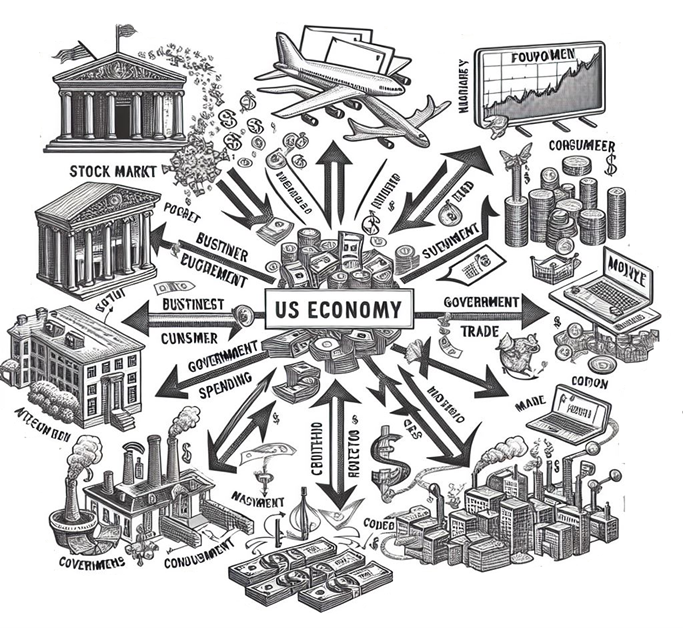Elections were held in more than sixty countries in 2024. Power changed hands in the United States, the United Kingdom and South Korea. In India, South Africa and France, the ruling parties’ grip on power weakened. In Germany, the government collapsed. In the European Parliament, France, Austria, Romania, and Portugal, far-right parties made gains.
In 2025, parliamentary elections will be held in Germany, Canada and Norway. Presidential elections will be held in Belarus, Romania and Poland, and in France, there is intense pressure to hold early presidential elections.
The year 2025 will be shaped by the decisions and actions of the incoming US President Donald Trump and his cabinet. Elon Musk, Tesla’s major shareholder, has already emerged as a powerful influencer on political decision-makers. Although Trump will not take office until the inauguration on January 20, he has already announced that he will impose foreign trade tariffs on Canada, Mexico and China, and that he wants the Panama Canal and Greenland under US control. Immigration policy, health care, vaccinations and abortion issues, and the war in Ukraine are also high on the agenda of the incoming President and MAGA (“Make America Great Again”) supporters.
In December, the US also experienced a brief episode of looming federal government shutdown. It was avoided at the last minute, however, when Congress decided to postpone the debt ceiling deadline, contrary to Trump’s position. The ceiling is likely to be reached again in late January.
In fixed income markets, political uncertainty prompted a rise in long-term interest rates, with the yield on the US 10-year government bond climbing from 4.19 percent to 4.59 percent in December. The Fed lowered its federal funds rate by 0.25 percentage points to the targeted level of 4.25 to 4.50 percent, as expected. Jerome Powell, the Fed Chair, said it was a tough decision and estimated that interest rates would only be cut twice in 2025. His hawkish statement pushed long-term interest rates up and the equity markets down. Despite this, the S&P 500 index only suffered a one percent fall in December.
Global warming set to accelerate
The challenges involved in slowing the rate of global warming materialized at the COP29 climate conference in late November. The conference agreed on a new climate finance target to support developing countries, with an overall goal of USD 1.3 trillion per year and USD 300 billion from developed countries. The overall goal was lower than what had been hoped for, however.
The emission credit transactions system was simplified, and mechanisms were established to ensure that environmental targets will be met. The mechanisms for scaling up and disbursing the funds were still considered unclear, especially with regard to attracting capital from the private sector.
Countries were encouraged to boost the ambition of their climate commitments, including commitments to phase out fossil fuels and to triple renewable energy capacity by 2030. Nevertheless, the participants failed to agree on excluding fossil fuel subsidies from the commitments.
President-elect Trump’s energy policies may scale back regulation and encourage fossil fuel production. International climate and environmental agreements may also be at stake. There is still a lot of uncertainty surrounding his future policies, however, because while the US has become the world’s largest oil producer, alternative energy sources have also become increasingly important there.
According to the EU’s Copernicus program (an Earth observation program that monitors our planet and our environment), 2024 will almost certainly be the warmest year on record and the first year of more than 1.5ºC above pre-industrial levels. A report by the US National Oceanic and Atmospheric Administration (NOAA), whose future is currently hanging in the balance, also states that the Arctic tundra is now becoming a source of carbon dioxide emissions.
Figure: An AI view of the US economy














